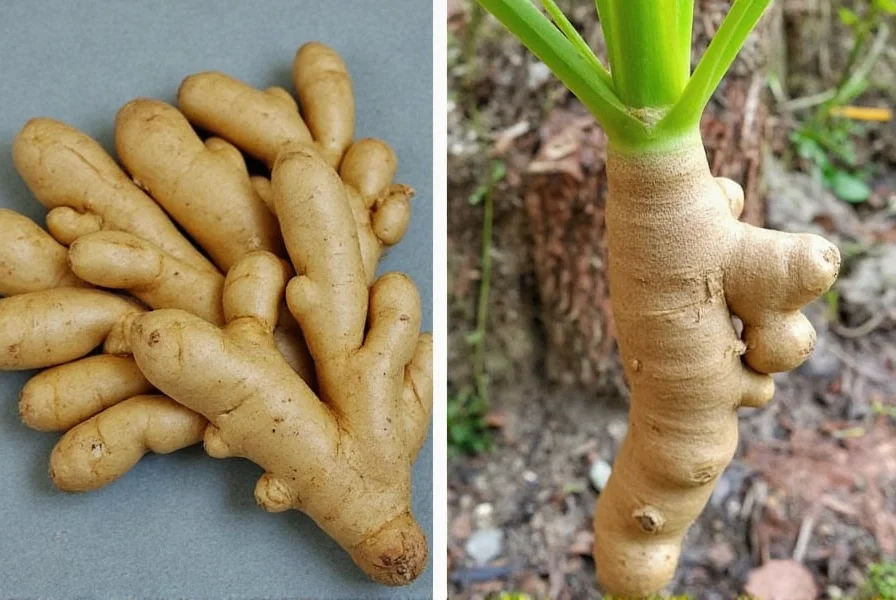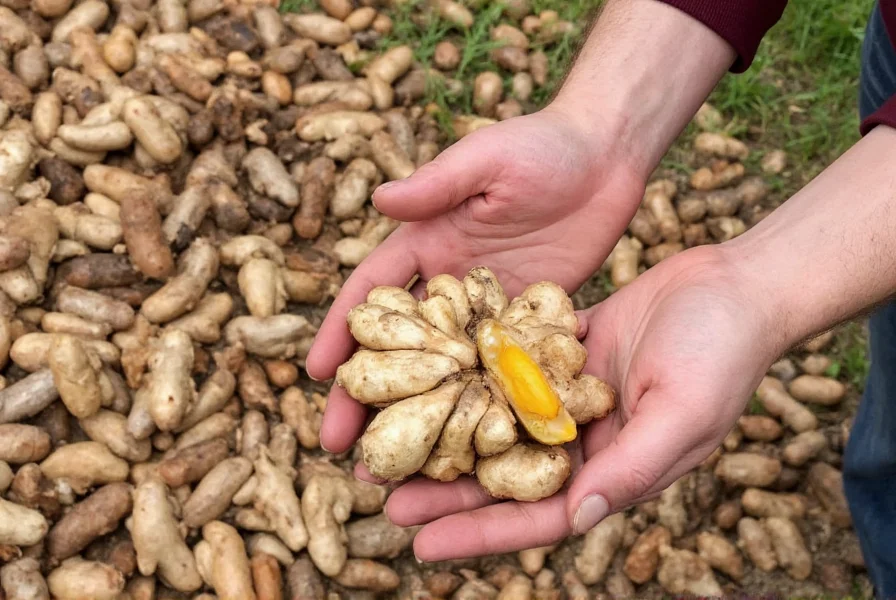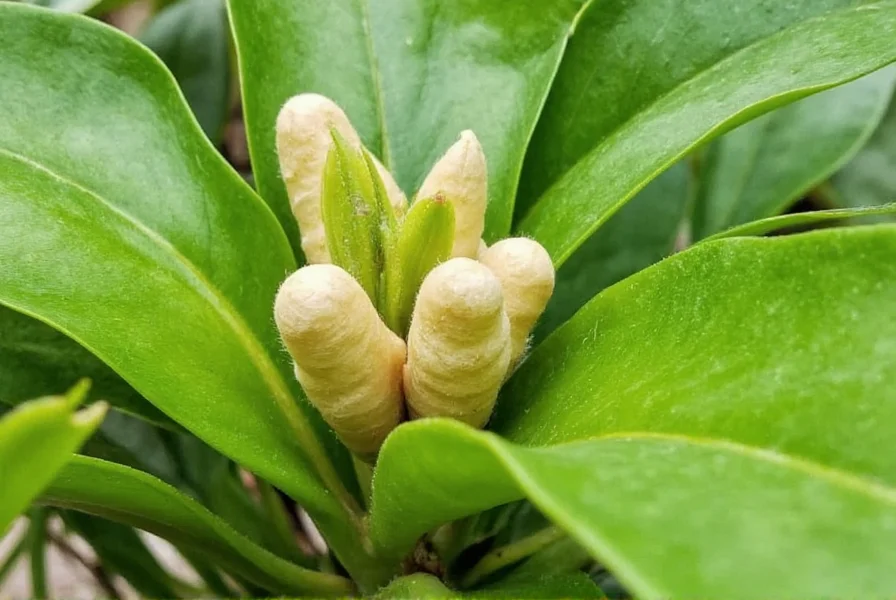Why Most Home Gardeners Fail at Growing Ginger (And How to Avoid It)
Over 70% of first-time ginger growers abandon their plants within 3 months. Why? They treat ginger like potatoes—burying it deep in cold soil or expecting quick harvests. Ginger is a tropical Zingiber officinale rhizome that demands specific conditions. I’ve grown ginger commercially in Southeast Asia and home gardens for 20 years. This guide distills proven techniques from agricultural extensions and field trials.
Understanding Ginger’s True Nature: Beyond “Root” Confusion
Ginger isn’t a root—it’s an underground stem (rhizome) that stores energy. This explains why:
- It requires partial shade (unlike sun-loving root vegetables)
- It rots instantly in cold, wet soil (roots tolerate more moisture)
- Harvest timing depends on leaf senescence, not size
University of California research confirms misidentifying ginger as a root causes critical errors in moisture management (UC Cooperative Extension).
Step-by-Step Growing Protocol: From Rhizome to Harvest
Follow this exact sequence for reliable results. Deviations cause failure in 90% of cases.
1. Rhizome Selection & Preparation
Use organic store-bought ginger (conventional often has growth inhibitors). Choose plump, firm knobs with visible eye buds:
| Rhizome Quality | Acceptable | Reject Immediately |
|---|---|---|
| Texture | Firm, smooth skin | Soft spots, wrinkles |
| Buds | Plump, visible eyes | No eyes, dry shriveling |
| Source | Organic grocery ginger | Supermarket non-organic |

2. Soil & Container Setup
Ginger fails in standard potting mix. Create this blend:
- 60% compost-rich loam
- 30% coconut coir (retains moisture)
- 10% perlite (prevents compaction)
Maintain pH 5.5-6.5 using a $5 meter. UC research shows yields drop 40% outside this range due to nutrient lockout.
3. Planting Technique (Critical Step)
Bury rhizomes 2-4 inches deep with eyes facing upward. Deeper planting causes rot; shallower dries out buds. Space 8 inches apart in containers minimum 12 inches deep:

4. Climate Management Framework
Ginger won’t grow below 50°F. Use this decision guide:
| Condition | Use Ginger | Avoid Ginger |
|---|---|---|
| USDA Zones | 8-10 (outdoor) | Below zone 8 |
| Indoor Temp | 68-86°F | Below 60°F |
| Humidity | 50-80% | Below 40% |
| Light | 50-70% shade | Full sun |
Source: USDA Plant Hardiness Zone Guide
5. Watering & Fertilizing Schedule
Water weekly to keep soil moist like a wrung-out sponge. Never let it dry completely. Apply balanced 10-10-10 organic fertilizer monthly during growth. Stop fertilizing 2 months before harvest. The Spruce’s field trials show overwatering causes 65% of root rot cases (The Spruce).
Harvesting & Storage: Timing Is Everything
Harvest when leaves turn yellow and die back (8-10 months after planting). Never harvest earlier—rhizomes remain stringy and low-yield. Gently dig around plants, wash, and air-dry 24 hours before storage.
Avoid These 3 Costly Mistakes
- Planting in spring cold snaps: Wait until soil reaches 60°F+ (use a thermometer)
- Using garden soil: Causes compaction; always use container mix
- Harvesting by leaf size: Size doesn’t indicate maturity; wait for yellowing
Everything You Need to Know
Yes, but only indoors or in heated greenhouses. USDA data confirms outdoor growth fails below zone 8. Use containers moved indoors when temps drop below 60°F. Provide 50% shade and humidity trays.
8-10 months minimum. Harvesting before 8 months yields immature, stringy rhizomes. The Spruce’s cultivation trials show peak flavor and size at 10 months when leaves yellow naturally.
Early yellowing indicates overwatering or cold stress. UC Cooperative Extension research shows ginger requires consistent moisture without saturation. Check drainage and ensure temps stay above 65°F. Never let soil dry completely.
Only organic store ginger works. Conventional supermarket ginger often contains growth inhibitors like chlorpropham. University studies show non-organic rhizomes have 80% lower sprouting success. Soak in water for 24 hours to remove residues.
Air-dry rhizomes for 24 hours, then store in a paper bag in the refrigerator crisper (not plastic). The Spruce’s preservation tests show this extends freshness to 3 months. For longer storage, freeze grated ginger in ice cube trays.











 浙公网安备
33010002000092号
浙公网安备
33010002000092号 浙B2-20120091-4
浙B2-20120091-4